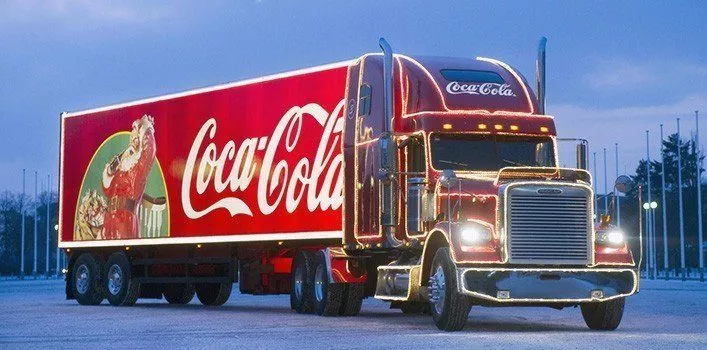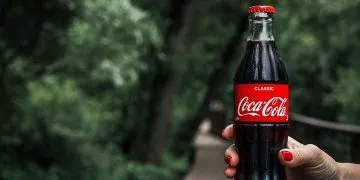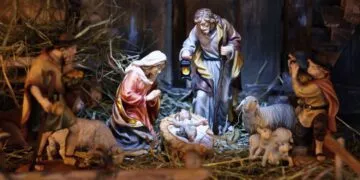The bright red Coca-Cola truck has become almost as iconic as Santa Claus himself over the years, and it’s impossible to imagine Christmas without it.
As soon as the shining lights make their first appearance, the festive season seems to have truly begun.
The truck was first seen on television in 1995 when most of what was seen as merely special effects.
The effects were created by Industrial Light and Magic – the same company that created the special effects for the Star Wars movies. No wonder the truck looked so good!
By 1998, millions of viewers were watching the Coca-Cola adverts over the festive season, which meant that over 100 countries had witnessed the big red truck on their screens.
Each year, the Coca-Cola truck visits more than 40 locations up and down the UK.
In 2015, there were two trucks – one which started in the South and one which began its journey in the North. This was due to the fact that it had been so popular the previous year, and one truck could not visit all the cities alone.
A famous Coca-Cola advert in 1999 showed a huge fleet of red trucks driving along; however, there were only three trucks that were used during filming. Special effects came into play to make viewers believe that there were hundreds of Coca-Cola trucks.
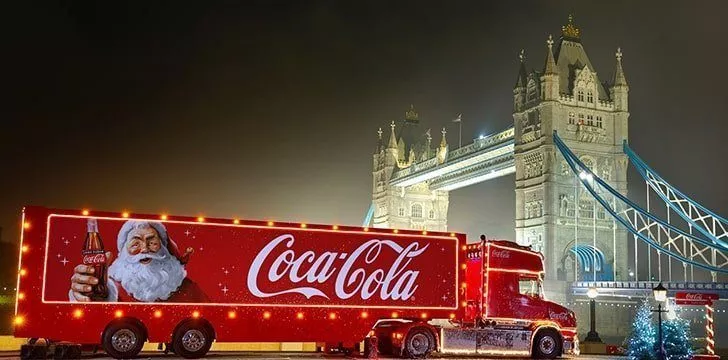
Between 2001 and 2007, Coca-Cola stopped using its traditional Christmas campaigns and adverts in the way that everybody had been used to. Due to public uproar, they brought back their famous campaigns, marking the start of the festive season for many people.
The red truck isn’t just a pretty sight – many families and individuals queue up all day just to get a can of Coca-Cola from the truck itself!
The TV advert titled ‘Journey’ saw the Coca-Cola trucks come to life. While a man and his grandson were reading a Christmas story in the peace of their home, the trucks surprise them by coming alive.
The Coca-Cola tour stops are usually accompanied by Christmas music, either from loudspeakers or a live choir, adding to the spirit of the season.
During 2013, the hashtag #HolidaysAreComing was tweeted more than 57 million times.
The same year, around two million people visited the Coca-Cola website to find out where the truck would be stopping.
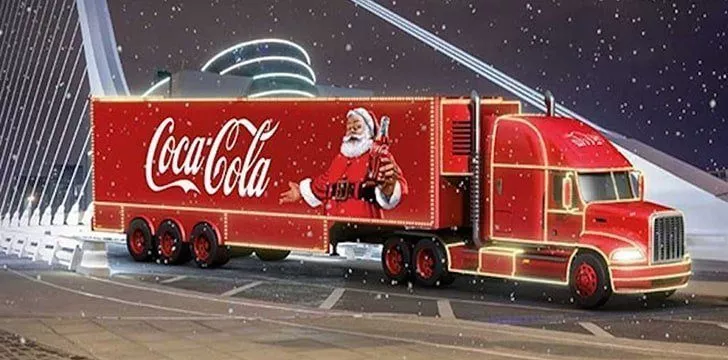
In 2015, an MP in the city of Leicester, UK, thought that children in the area would suffer negatively as a result of drinking the sugary drink. Despite his efforts to stop the truck, most people still wanted it to visit their city.
The truck usually starts touring at the end of November and then finishes the tour just two or three days before Christmas Day.
In 2011, Myleene Klass launched the start of the Coca-Cola truck tour in the UK. It began in London, and the model made a toast with her bottle of Coke.
The famous Santa Claus, which was created by Haddon Sundblom for Coca-Cola, is the main feature on the red truck and can be clearly seen either drinking Coca-Cola or holding a bottle of the drink as the vehicle tours the country.
The truck even has its own Twitter account and can be tweeted @ChristmasTruck.
Matt Smith was the first member of the public to drive the famous Coca-Cola truck. He wanted to raise awareness for cystic fibrosis, and his posts on social media went viral within hours. Coca-Cola noticed his messages and invited him to drive the iconic red truck.
Now you know all there is to know about the famous red Coca-Cola Christmas Truck.
As the iconic truck brings us some real festive cheer, we hope this article has too.
So without further ado, let us finish here by simply saying – holidays are coming, everybody!

